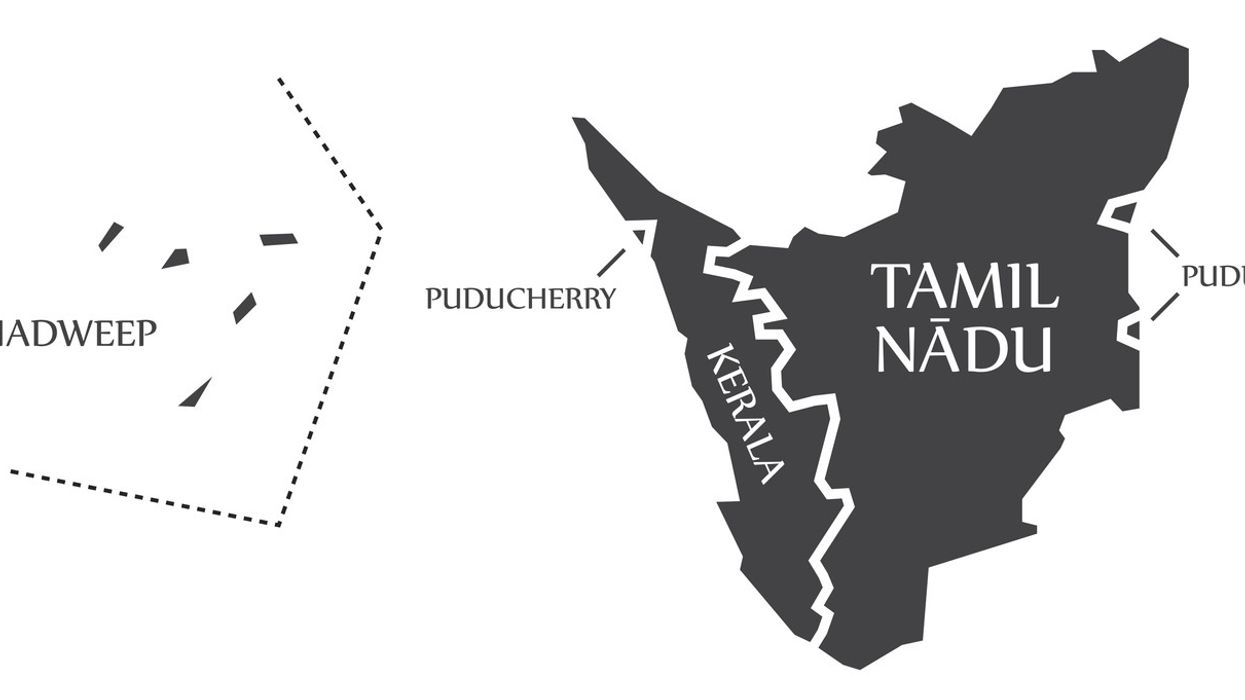Highlights:
- Study by IIMA’s Chinmay Tumbe maps linguistic diasporas across India and abroad.
- Malayalam and Tamil are the only major Indian languages with larger overseas than domestic diasporas.
- Punjabi speakers are the most dispersed; Bengalis the least.
- Hindi speakers form the largest diaspora overall with 40 million people.
- Historical migration patterns show Tamil overseas migration began earlier than internal movement.
A recent study by Chinmay Tumbe, faculty member at the Indian Institute of Management Ahmedabad (IIMA), has revealed that among India’s major language groups, Malayalam and Tamil speakers have a larger international diaspora than internal (domestic) diaspora. This trend sets them apart from other major linguistic communities, where internal migration far outweighs overseas settlement.
Internal vs. international diaspora
The research, published in the journal Sociological Bulletin, defines internal diaspora as members of a linguistic group living in Indian states other than their “core” language state, while international diaspora refers to those living abroad.
According to the study, in 2010, India’s internal diaspora numbered over 60 million people — nearly three times the size of the international diaspora. A third of these internal diaspora members lived in India’s ten largest cities.
However, Malayalam and Tamil stood out:
- Malayalam: Of the 4.6 million global Malayali diaspora, about 3 million lived outside India, while 1.6 million resided within India but outside Kerala — making the international diaspora nearly 1.8 times larger than the domestic one.
- Tamil: The 8.4 million strong Tamil diaspora included 4.5 million living abroad and 3.9 million in other Indian states — giving international migrants an edge of about 1.2 times over internal migrants.
For all other linguistic groups, internal numbers exceeded international ones.
Most and least dispersed communities
The study also explored dispersion, calculated as the diaspora population (internal and international) relative to the total speaker population in the core state(s).
- Punjabi speakers were found to be the most dispersed, with 12.4 per cent living outside Punjab or the country.
- Malayalis ranked second at 12.2 per cent, and Tamils third at 11.5 per cent.
- They were followed by Telugu (9.7 per cent), Gujarati (8.7 per cent), Hindi (7.5 per cent), Marathi (6.6 per cent), Kannada (4.6 per cent), and Bengali (3.7 per cent).
The Bengali community emerged as the least dispersed. Out of 97 million Bengali speakers in 2010, only 3.6 million lived outside West Bengal or India — about 3.7 per cent of the total.
Patterns in other linguistic groups
Hindi speakers form India’s largest overall diaspora, with nearly 40 million people living outside the Hindi heartland within the country and overseas combined. Tamils, with 8.4 million, are the second largest group, followed by Telugu speakers at 8 million — of whom a striking 7 million are internal migrants, showing one of the lowest international-to-domestic ratios among major groups.
The study notes that around a million Tamils are concentrated in India’s nine largest cities, with Mumbai hosting the largest share. Tamil communities also exist in smaller cities such as Bhopal, Jabalpur, and Indore.
Historical migratory trends
An interesting observation in the research is that the Tamil international diaspora likely pre-dates the domestic one. Tamil migration to Southeast Asia and southern Africa began in the 19th century, largely during colonial times. In contrast, significant migration to northern India emerged primarily in the 20th century.
Significance of findings
Tumbe’s work provides new insights into migration patterns shaped by historical, cultural, and economic factors. While most major language groups still exhibit stronger internal migration, the dominance of overseas settlements for Malayalam and Tamil speakers highlights the global footprint of these communities — shaped by a long history of maritime trade, colonial-era labour migration, and modern economic opportunities.















